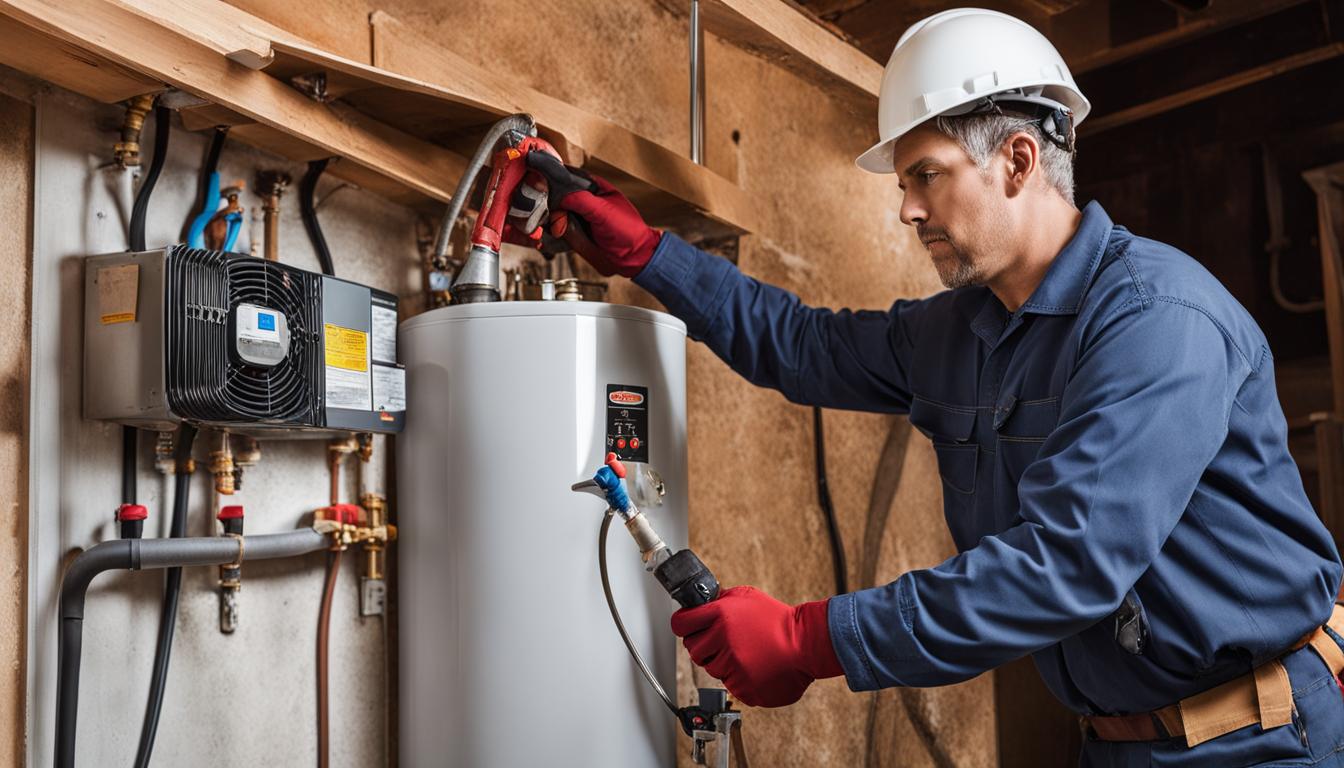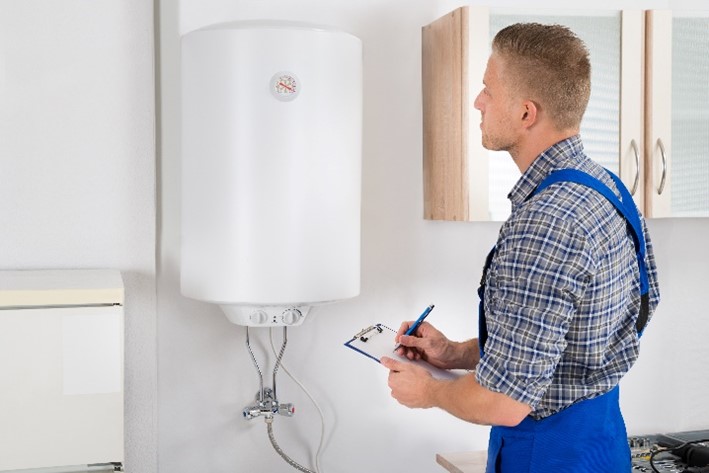Maintaining Your Home's Hot Water System: Essential GuidelinesEfficient Strategies for Maintaining Your Home's Hot Water System
Maintaining Your Home's Hot Water System: Essential GuidelinesEfficient Strategies for Maintaining Your Home's Hot Water System
Blog Article
Just about every person may have their private assumption about How to Maintain Your Water Heater & Prolong its Life.

Warm water is important for everyday convenience, whether it's for a refreshing shower or washing recipes. To ensure your hot water system runs effectively and lasts much longer, regular maintenance is vital. This article offers functional pointers and insights on exactly how to keep your home's warm water system to avoid interruptions and expensive repair services.
Intro
Maintaining your home's hot water system may appear daunting, yet with a few easy steps, you can guarantee it runs efficiently for years to come. This guide covers whatever from recognizing your warm water system to do it yourself maintenance tips and understanding when to hire expert assistance.
Value of Keeping Your Warm Water System
Normal upkeep not only extends the lifespan of your hot water system but likewise ensures it operates effectively. Ignoring upkeep can cause lowered performance, greater power expenses, and also premature failure of the system.
Signs Your Hot Water System Needs Maintenance
Knowing when your warm water system requires focus can protect against significant concerns. Keep an eye out for indications such as inconsistent water temperature, strange noises from the heater, or corroded water.
Purging the Hot Water Heater
Purging your hot water heater eliminates sediment buildup, improving efficiency and prolonging its life.
Monitoring and Changing Anode Rods
Anode poles stop corrosion inside the tank. Evaluating and changing them when worn is important.
Complicated Concerns Calling For Expert Assistance
Examples consist of major leakages, electric issues, or if your water heater is consistently underperforming.
Regular Specialist Maintenance Advantages
Professional upkeep can consist of extensive inspections, tune-ups, and making certain conformity with safety requirements.
Examining and Adjusting Temperature Level Settings
Adjusting the temperature level settings ensures optimum efficiency and safety.
Do It Yourself Tips for Upkeep
You can carry out numerous upkeep tasks on your own to keep your hot water system in leading condition.
Looking for Leakages
Routinely check pipes and links for leaks, as these can lead to water damages and higher costs.
Comprehending Your Warm Water System
Before diving into upkeep tasks, it's practical to understand the fundamental components of your warm water system. Generally, this consists of the water heater itself, pipelines, anode rods, and temperature level controls.
Regular Monthly Maintenance Tasks
Routine regular monthly checks can help capture minor problems before they intensify.
Testing Pressure Alleviation Valves
Testing the stress relief valve guarantees it functions properly and protects against extreme stress buildup.
Shielding Pipes
Protecting warm water pipes lowers heat loss and can conserve power.
When to Call an Expert
While do it yourself maintenance is helpful, some concerns require expert expertise.
Conclusion
Routine upkeep of your home's hot water system is vital for performance, longevity, and cost savings. By adhering to these tips and understanding when to seek specialist help, you can guarantee a trustworthy supply of hot water without unanticipated interruptions.
How to Maintain an Instant Hot Water Heater
Before tinkering with your hot water heater, make sure that it’s not powered on. You also have to turn off the main circuit breaker and shut off the main gas line to prevent accidents. Also turn off the water valves connected to your unit to prevent water from flowing into and out of the appliance. 2. When you’re done, you have to detach the purge valves’ caps. These look like the letter “T” and are situated on either side of the water valves. Doing so will release any pressure that has accumulated inside the valves while at the same time avoid hot water from shooting out and burning your skin. 3. When the purge valves’ caps are removed, you have to connect your hosing lines to the valves. Your unit should have come with three hoses but if it didn’t, you can purchase these things from any hardware or home repair shops. You can also get them from retail stores that sell water heating systems. Read the user’s manual and follow it to complete this task properly. When the hosing lines are connected, open the purge port’s valves. 4. You should never use harsh chemical cleaners or solutions when cleaning your unit. Make use of white vinegar instead. It should be undiluted and you’ll probably use about 2 gallons. 5. Now flush your water heater. This task should probably take about 40 minutes. We can’t give you specific directions for this because the procedure is carried out depending on the type, model and brand of your heater. With that being said, refer to the user’s manual. 6. When you’re done draining the unit, you have to turn off the purge port valves again. Remove the hosing lines that you earlier installed on each of the water valves. Put the valve caps (purge port) back in their respective places and be very careful so as not to damage the rubber discs that are found inside these caps. 7. Now that everything’s back in place, check your user’s manual again to find out how to reactivate your water heating system. 8. Once it is working, turn one of your hot water faucets on just to let air pass through the heater’s water supply pipes. Leave the tap on until water flows smoothly out of it. https://www.orrplumbing.com/blog/2014/september/how-to-maintain-an-instant-hot-water-heater/

I recently found that piece on Tips For Maintaining Your Hot Water Heater while doing a lookup on the web. Appreciated our post? Please quickly share it. Let others discover it. Thanks a lot for your time. Return soon.
Go Services Report this page